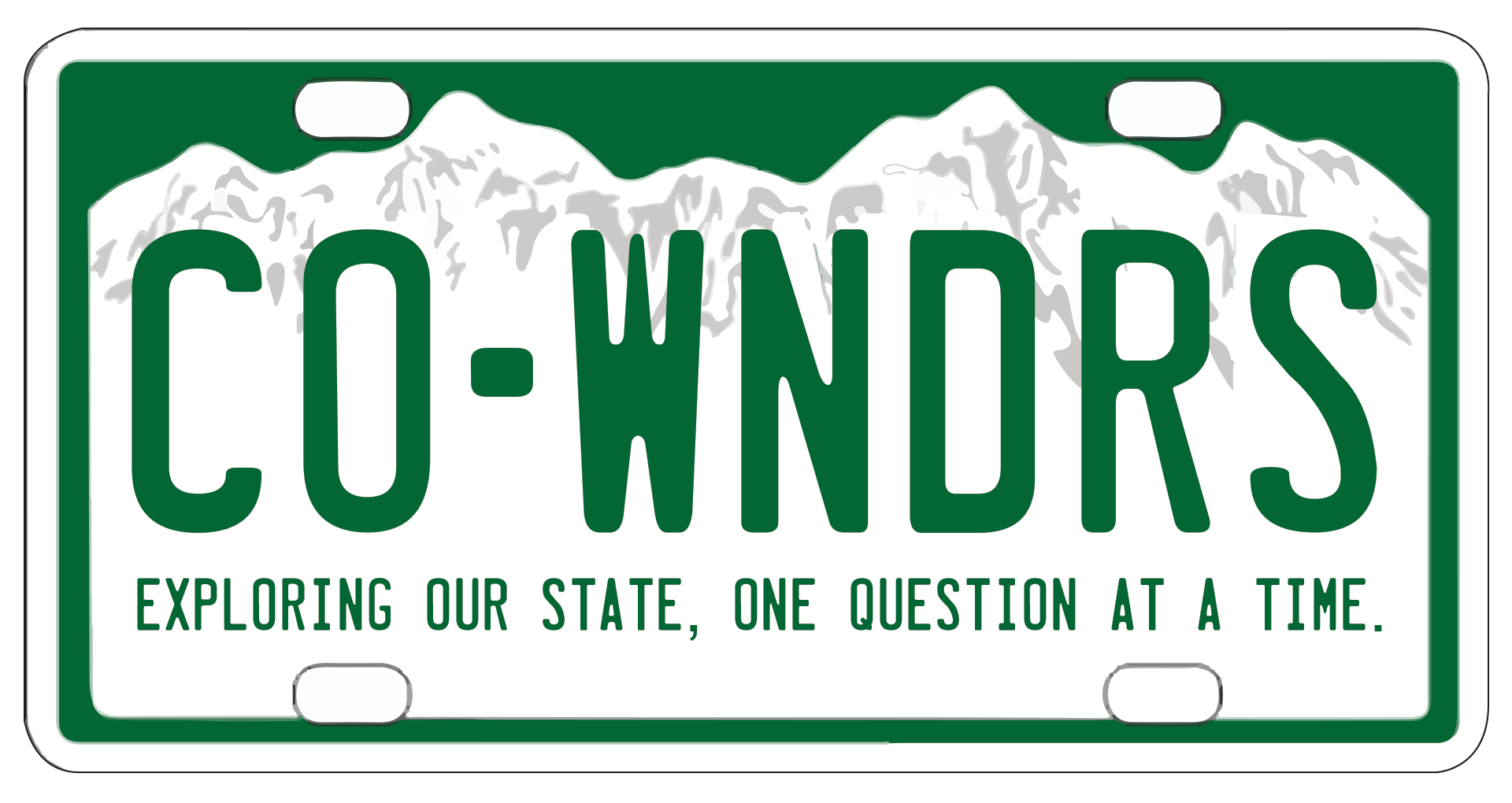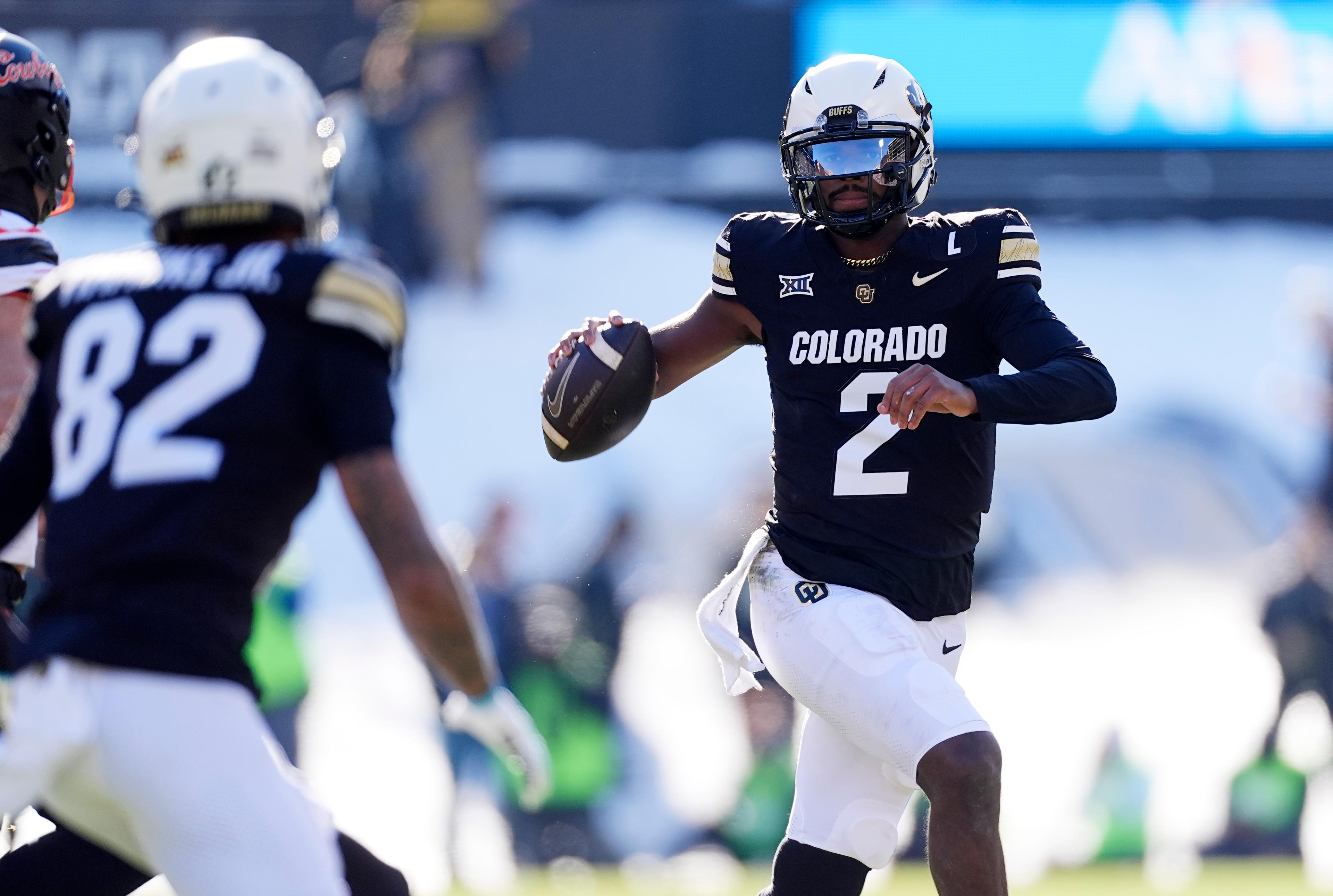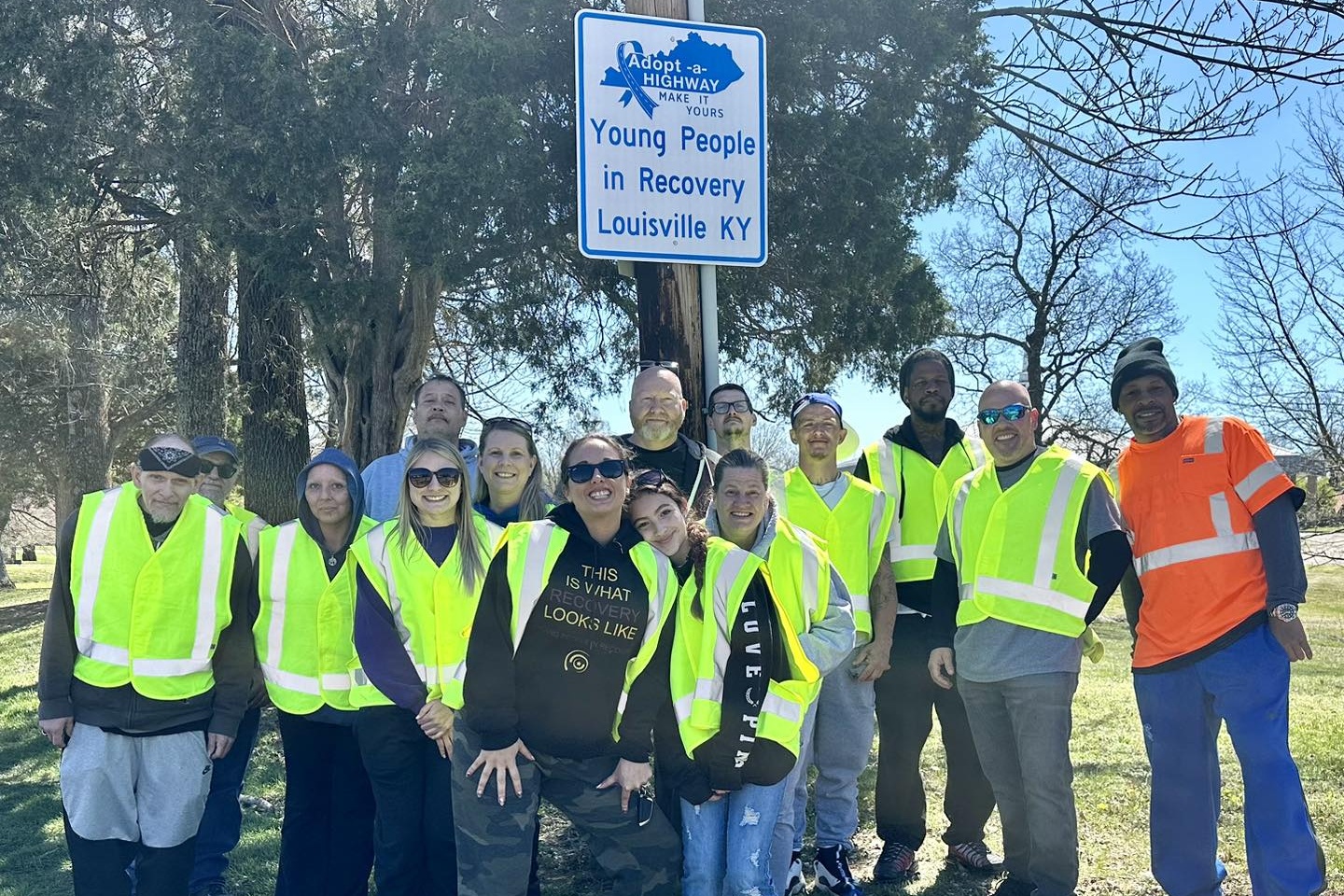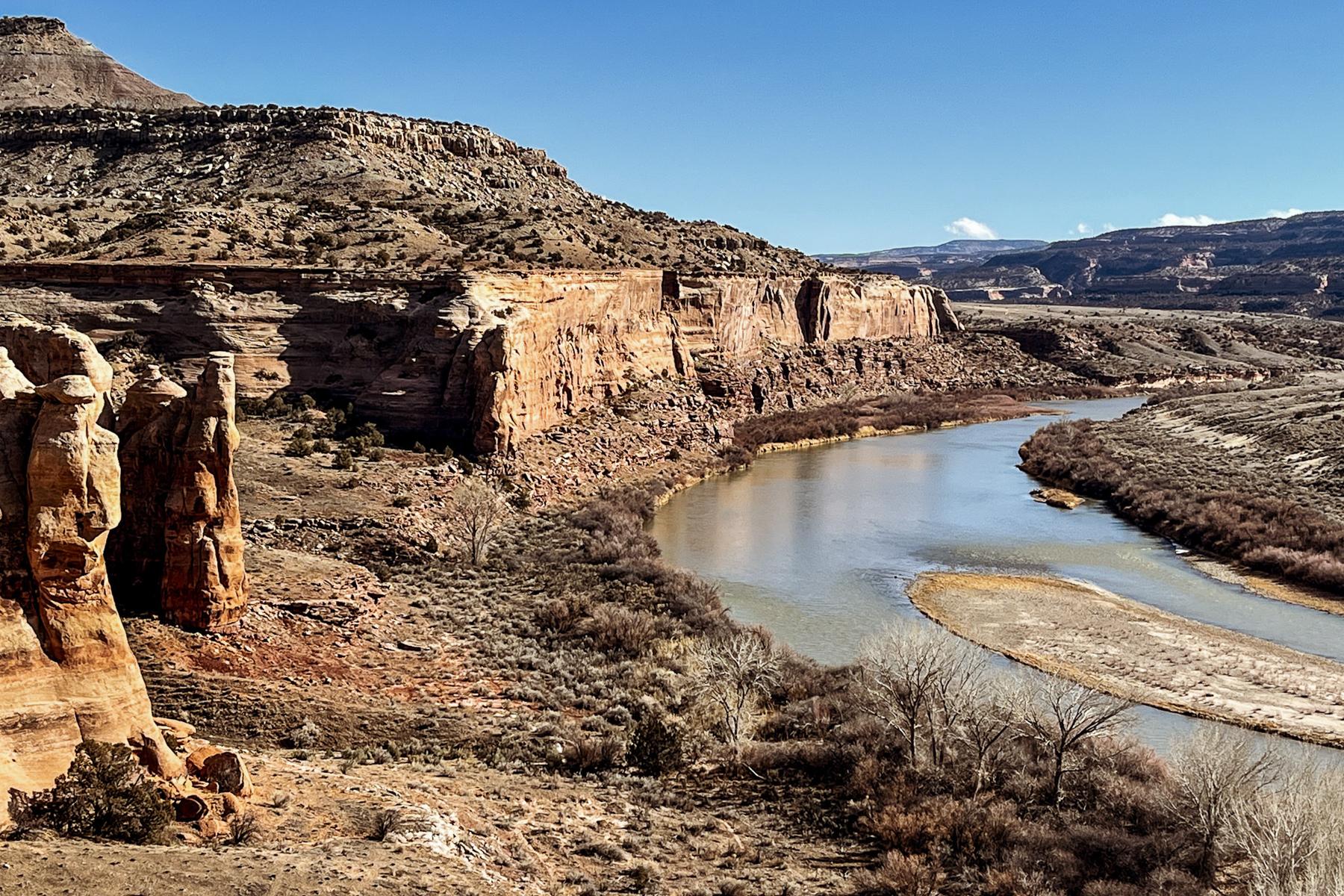
A clear, surging mountain stream is an iconic Colorado image, even as water can be pretty scarce in this typically arid state. It's a pristine reputation that several companies have tried to capitalize on.
Sara DeMeola asked Colorado Wonders if bottled water in Colorado has become big business.
“It’s hard to find much information on where bottled water comes from or how much bottled water companies have bought into the water rights of the West,” she said.
The Colorado Division of Water Resources keeps track of all the water that comes into the state, all the water that leaves and all the water sticking around — all of it.
The state’s perspective is that all bottled water goes out of state because it’s all taken out of the water system.

“Bottled water, by nature, is going to be fully consumed by someone,” said Kevin Rein, the state engineer and director of the water resources division. “It’s not like irrigation water, where it’s going to be applied to the land and part of that water is going to runoff back toward the river.”
Rein looked at one fairly standard-sized Colorado bottled water company and found it was responsible for 0.0006 percent of the state’s annual water use. If you put together all similar commercial water users, which includes many other companies besides bottlers, they all amount to 5/100ths of 1 percent of the state’s annual water use.
In other words, they are a tiny water user.
Meanwhile, agriculture accounts for 86 percent of the state’s water use in a year. Corn and other commodities are pretty thirsty, the 2017 agriculture census found 14,402,624 irrigated acres in Colorado.
Bottlers attain their water rights in three major ways. First, a company can simply deal with a city municipal water supply — tap water, basically. The company may treat the water or add minerals before they send it along to the customer. Or the company might acquire surface rights from a Colorado watershed.
An example of this is in Buena Vista, where Nestle gets water for Arrowhead from the Arkansas watershed. The company’s plan to bottle spring water struck a nerve in the valley when it was announced in 2009. The water is piped from a spring to a nondescript brown building in town, where tankers collect it and haul it more than 100 miles to Denver for bottling.
Every drop in the Arkansas was spoken for before Nestle acquired its rights. That means that the company has to replace what they take out from another source, such as a reservoir.
“They have to lease it from somewhere, they may have to purchase other water rights,” Rein said. “It’s a zero impact.”
The third type of water right is access to a deep, underground aquifer — a finite pool Rein said was usually deposited tens of millions of years ago. Mountain spring water is probably the first thing that comes to mind. This is where Colorado’s Eldorado Springs water comes from.
Colorado has seven primary aquifers as identified by the U.S. Geological Survey: the Arkansas Aquifer, Denver Basin Aquifer System, High Plains Aquifer, Leadville Limestone Aquifer, Piceance Creek Basin Aquifer, San Luis Valley Aquifer System and the South Platte Aquifer. The bottler has to use this water slowly, up to 1 percent of what they own per year for 100 years.
Are you curious about something in the Centennial State? Ask us a question via Colorado Wonders and we’ll try to find the answer.









